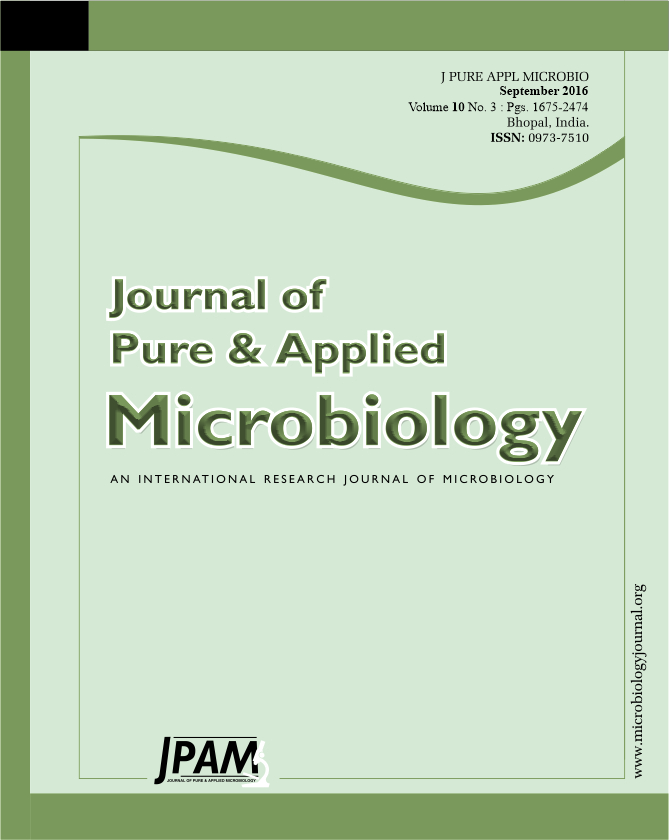The present study is a trial to cultivate three different cyanobacterial strains (Anabaena laxa, Anabaena fertilissima and Nostoc muscorum) under four different growth conditions using BG110 growth medium. These conditions were represented by static glucose medium with glucose (1%, w/v), aerated medium (aerated by bubbling technique depending on atmospheric CO2 normally existed in air with a concentration of 0.03%), growth medium enriched with molasses of sugar cane (0.7%, v/v) and aerated growth medium enriched with glucose (1%, w/v). A. laxa, A. fertilissima and N. muscorum exhibited high biomass production under mixotrophic growth condition rather than aerated autotrophic condition. Whereas, static glucose medium enhanced the growth of A. laxa, A. fertilissima and N. muscorum significantly with dry weight yield of 3.6, 3.1 and 5.2 g L-1, respectively. Moreover, glucose enhanced lipid content for both A. laxa and N. muscorum to produce 293.9 and 253.5 µg g-1 fresh wt., respectively. While A. fertilissima exhibited the highest lipid content under aerated enriched glucose medium (307.6 µg g-1 fresh wt.). Static glucose medium supported the lipid synthesis rate of N. muscorum to record 6.3 folds, as compared to the control, after 10 days of treatment. While A. fertilissima exhibited its highest lipid synthesis rate under aerated enriched glucose condition after 2 days. Ten fatty acids were detected for all the investigated cyanobacterial strains with different percentages, under static glucose medium (1%, w/v) during the stationary phase. Half of them were saturated fatty acids and the others were two mono-unsaturated and three poly-unsaturated fatty acids. Myristic, palmitoleic and arachidonic acids were the most abundant among all the tested isolates.
Cyanobacteria; Mixotrophy; Autotrophy; Lipid content; Fatty acids.
© The Author(s) 2016. Open Access. This article is distributed under the terms of the Creative Commons Attribution 4.0 International License which permits unrestricted use, sharing, distribution, and reproduction in any medium, provided you give appropriate credit to the original author(s) and the source, provide a link to the Creative Commons license, and indicate if changes were made.


